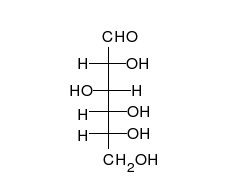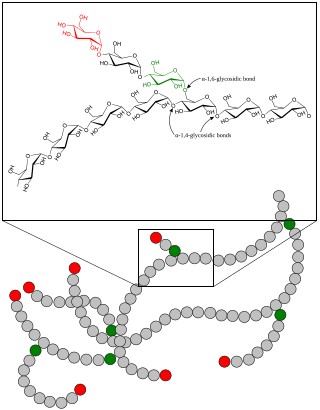Top Qs
Timeline
Chat
Perspective
Glycogen storage disease type IX
Medical condition From Wikipedia, the free encyclopedia
Remove ads
Glycogen storage disease type IX is a hereditary deficiency of glycogen phosphorylase kinase B that affects the liver and skeletal muscle tissue. It is inherited in an X-linked or autosomal recessive manner.[1]
Remove ads
Signs and symptoms
The signs and symptoms in glycogen storage disease type IX include:[1]
- Enlarged liver
- Slowed growth
- Motor development delay (mild)
- Low blood sugar accompanied by ketosis
- Lack of muscle tone
Most of these signs and symptoms diminish as adulthood sets in.[1]
Genetics
Glycogen storage disease type IX can be inherited via:[2][4]
- X-linked recessive inheritance due to mutations at either PHKA1 or the PHKA2 (most common[5]) gene
- Autosomal recessive could be the inheritance pattern for an affected individual when the genes PHKB or PHKG2 have a mutation.
Diagnosis

The diagnosis of glycogen storage disease IX consists of the following:[1][3]
- Complete blood count
- Urinalysis
- Histological study of the liver (via biopsy)
- Genetic testing
- Physical exam
Types
There are two types of this inherited condition, glycogen storage disease IXa1 and glycogen storage disease IXa2 that affect the liver of an individual.[6] Mutations in PHKA2 have been seen in individuals with glycogen storage disease IXa2.[medical citation needed]
Management

The management of Glycogen storage disease IX requires treatment of symptoms by frequent intake of complex carbohydrates and protein to combat the low blood sugar. A nutritionist will advise on suitable diets. Liver function is regularly monitored and problems managed as they arise. However, liver problems have only been successfully treated by a transplant. Routine checks of metabolism are needed to ensure blood sugar (glucose) and ketones are managed. Regular moderate exercise is beneficial, although over-vigorous exercise is to be avoided, especially in those with enlarged livers.[1][7]
Remove ads
See also
References
Further reading
External links
Wikiwand - on
Seamless Wikipedia browsing. On steroids.
Remove ads

